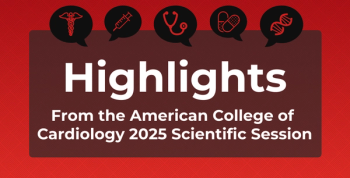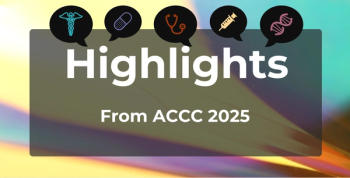
Sleep Disturbances, Night Shifts Linked to Burnout in Police Work, Study Says
Results of the study indicated that irregular schedules, increased night shifts, sleep disturbances, and work hours were related to a higher burnout risk in police officers.
A recent study examined links between shift work characteristics and work schedules with burnout in police officers, to see if sleep duration and sleepiness were associated with burnout.
Results indicated that irregular schedules, increased night shifts, sleep disturbances, and work hours were related to a higher burnout risk in police officers.
Burnout, according to the Maslach Burnout Inventory (MBI), is defined as emotional exhaustion (EE), depersonalization (DP), and low personal accomplishment (PA). The MBI is made of 22 items that assess those 3 dimensions. Officers were recruited through advertisements and police departments. Of the 4957 officers who participated in the survey, 3140 completed at least 1 burnout dimension subscale in the MBI and were eligible be included. Long work weeks were considered to be 48 hours or more a week, and long shifts were defined as 11 or more hours.
Shift schedules (such as regular, rotating, and fixed) and the characteristics of sleep of shiftwork (nighttime, duration, frequency, and work hours) were examined.
Participants rated the frequency with which they experienced each item on a 7-point Likert scale (0 = never; 6 = everyday). Participants were considered to have high overall burnout if they had both high EE and DP, with or without low PA.
The study found that long shifts, irregular schedules, mandatory overtime, short sleep, and sleepiness were linked to an increased risk of overall burnout. Different characteristics were associated with different features of burnout. For example, EE was tied to working a greater frequency of long shifts or mandatory overtime. DP was associated with night shifts. Irregular schedules were associated with both EE and DP.
The authors said their work showed that the risk of EE is dependent on the number of long shifts worked, with working 4 or more long shifts per week and 1 or more long shift per month associated with nearly double the risk of with high EE and overall burnout.
Officers who reported short sleep (6 or fewer hours per night) had a greater risk of overall burnout, higher EE, and lower PA, while sleepiness increased the likelihood of EE, DP, and overall burnout similar to high burnout in medical students, the authors said. They noted that shiftwork is unavoidable for occupations such as law enforcement, but they said that optimizing work hours to control overtime, enforcing schedule consistency, and reducing the duration and frequency of night shifts and long shifts should be looked at not only to reduce burnout but also to improve health as well as work performance.
One limitation of the study is that sleep and shift information were based on self-reports. In addition, the study used a cross-sectional design, so associations can be inferred, but causality cannot.
Reference
Peterson SA, Wolkow AP, Lockley SW, et al. Associations between shiftwork characteristics, shiftwork schedules, sleep and burnout in North American police officers: a cross-sectional study. BMJ Open. 2019;9:e030302. doi: 10.1136/bmjopen-2019-030302.
Newsletter
Stay ahead of policy, cost, and value—subscribe to AJMC for expert insights at the intersection of clinical care and health economics.












































